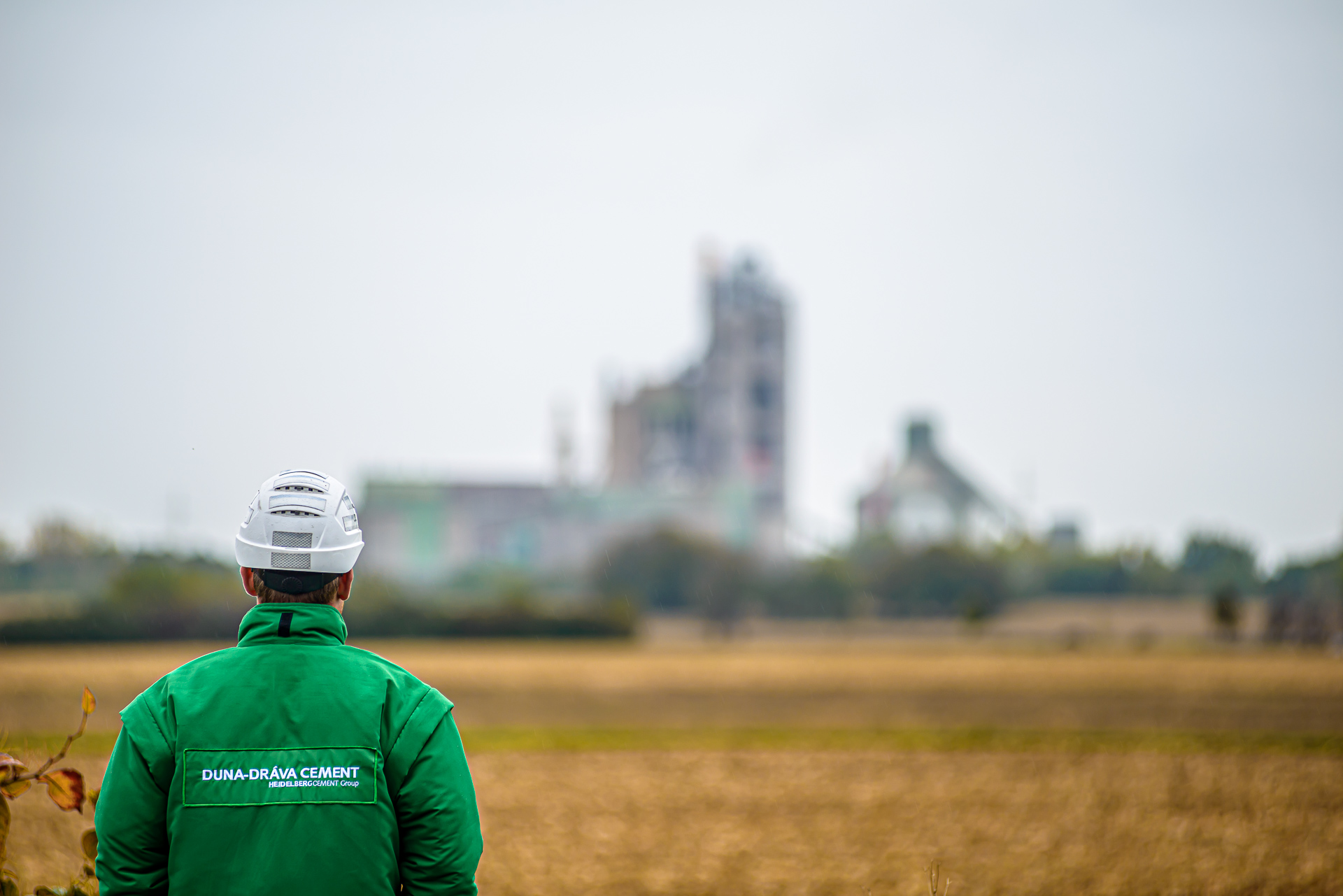HeidelbergCement to build the world’s first carbon-neutral cement plant
-
HeidelbergCement intends to upgrade its facility in Slite on the Swedish island of Gotland to become the world’s first carbon-neutral cement plant
-
Up to 1.8 million tonnes of carbon dioxide are to be captured annually from 2030 onwards, which corresponds to the plant’s total emissions
-
The breakthrough project supports Sweden’s ambitious carbon emission reduction goals as three quarters of the cement used for concrete production in the country are currently produced in Slite
-
HeidelbergCement will significantly benefit from the experience gained in its CCS project at the Brevik cement plant in Norway
Today, HeidelbergCement announced its intention to upgrade its plant on the Swedish island of
Gotland to become the world’s first carbon-neutral cement plant. The installation at the Slite
plant of HeidelbergCement’s subsidiary Cementa will be scaled to capture up to 1.8 million
tonnes of CO2 annually, which corresponds to the plant’s total emissions. Additionally, the use of
biobased fuels in the cement production at Slite will be increased in line with the Group’s
commitment to significantly raise the share of biomass in the fuel mix. The full-scale capturing of
the plant’s CO2 emissions is targeted by 2030.
“HeidelbergCement will be the leader in the global cement industry on its transformation path
towards climate neutrality,” said Dr. Dominik von Achten, Chairman of the Managing Board of
HeidelbergCement. “Key for decarbonising our industry is to find, apply and scale technical
solutions for carbon capture and utilisation or storage. After having gained valuable experience
with CCU/S technologies in Norway and other countries, we are now excited to make the next
step with a completely carbon-neutral cement plant in Sweden. This will be a game changer for
our industry.”
The breakthrough project supports Sweden’s ambitious carbon emission reduction goals. The
carbon capture facility will be built next to the existing plant in Slite, where three quarters of the
cement used for concrete production in Sweden are currently produced. The authorisation
processes and the construction period are estimated to take just under ten years. A feasibility
study, which has already been launched, will address critical issues related to technology
selection, environmental impact, legal issues, financing, logistics, and energy supply. The
captured CO2 will be safely transported to a permanent storage site offshore several kilometres
down in bedrock.
HeidelbergCement is currently building the world’s first full-scale installation for carbon capture
at the Brevik cement plant in Norway, capturing 400,000 tonnes annually or 50% of the plant’s
emissions from 2024 onwards. “Based on the positive collaboration with the Norwegian
government and other partners at our site in Brevik, we have now chosen to significantly ramp
up our ambitions for a carbon capture installation in Sweden that is four times larger,” said Giv
Brantenberg, General Manager of HeidelbergCement Northern Europe. The planning for the
plant in Slite will benefit significantly from the experience gained at Brevik.
